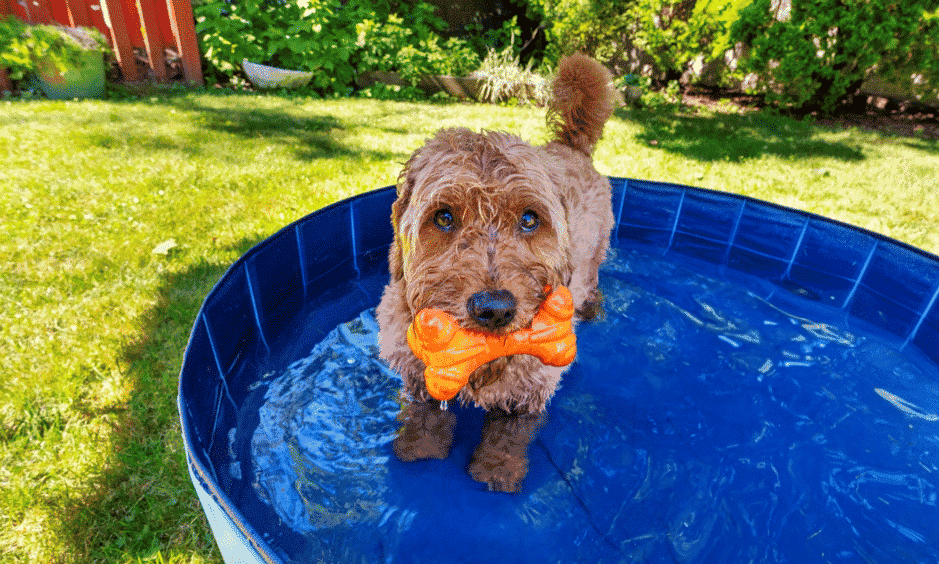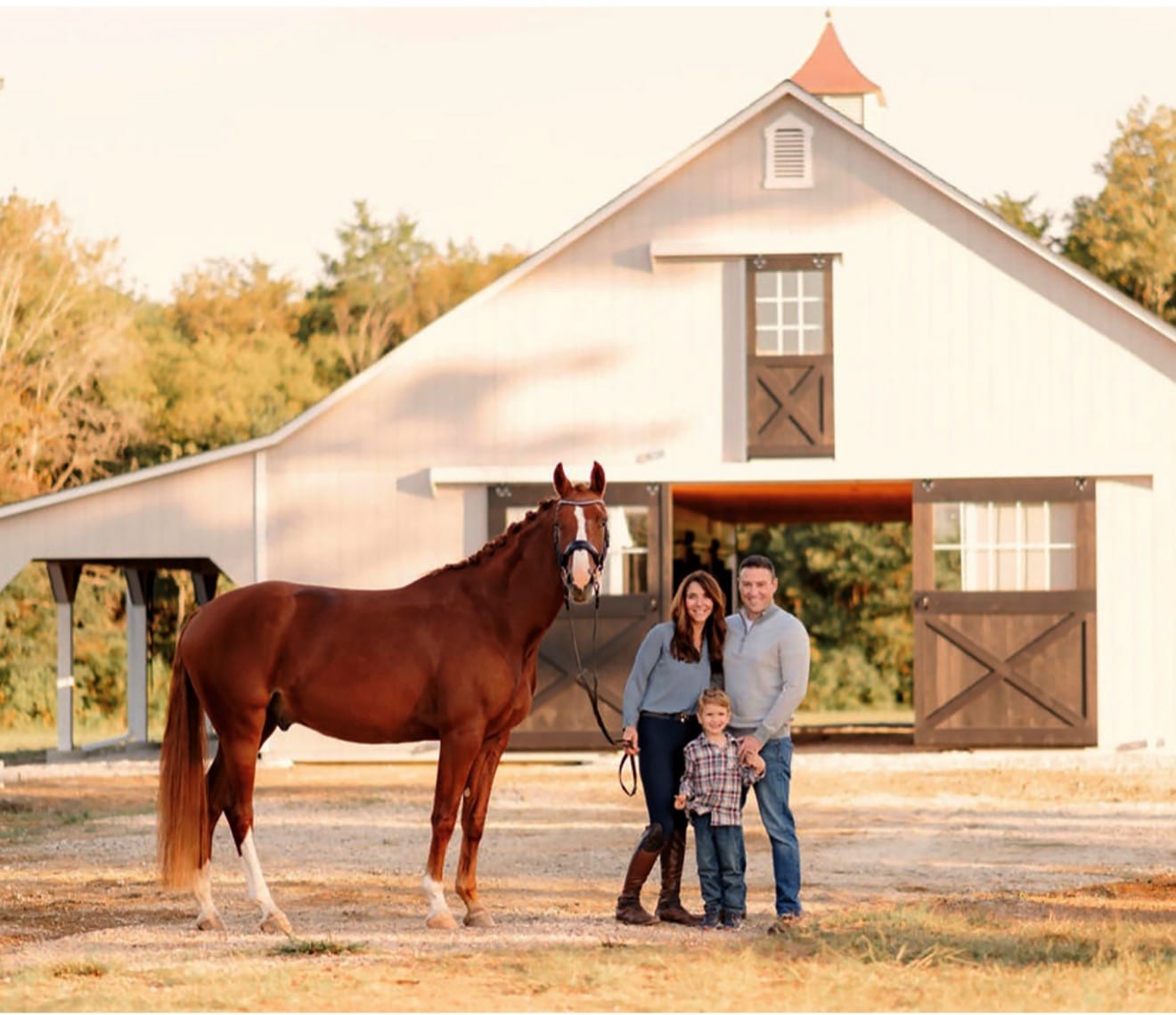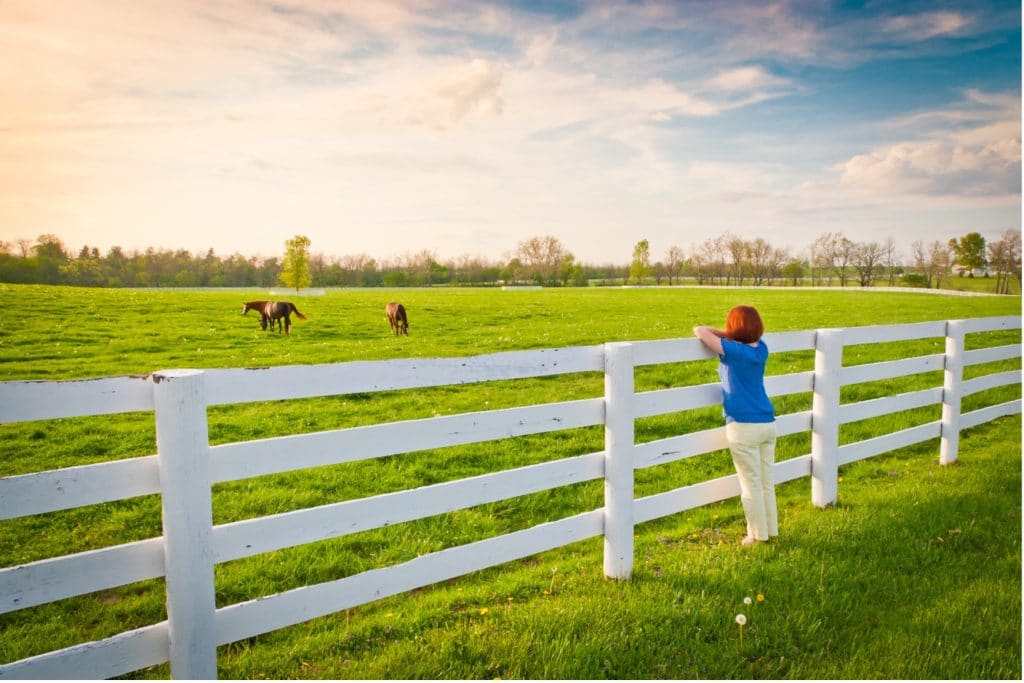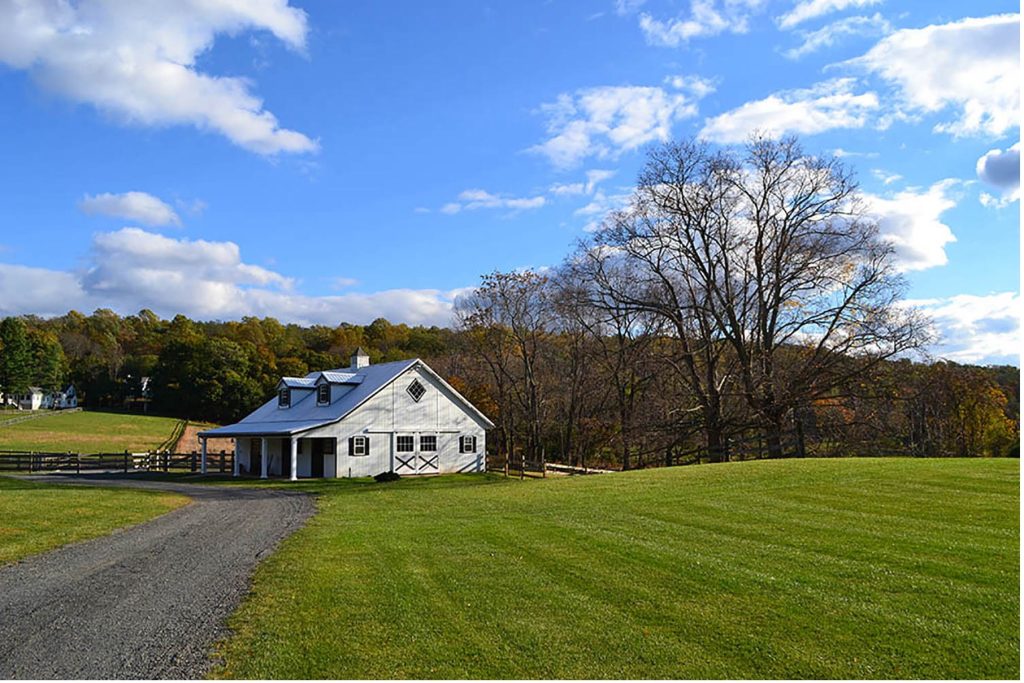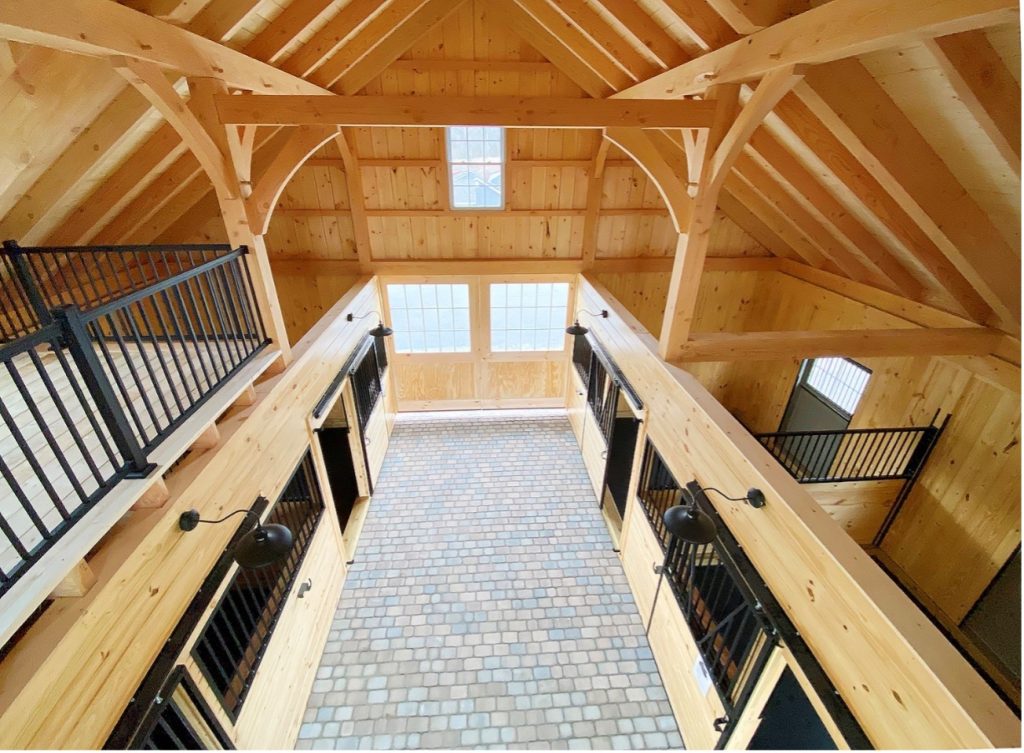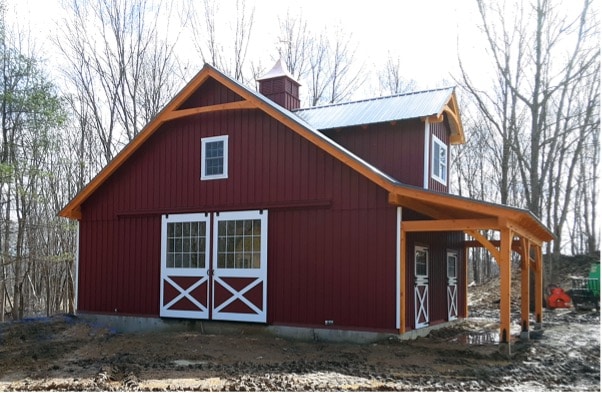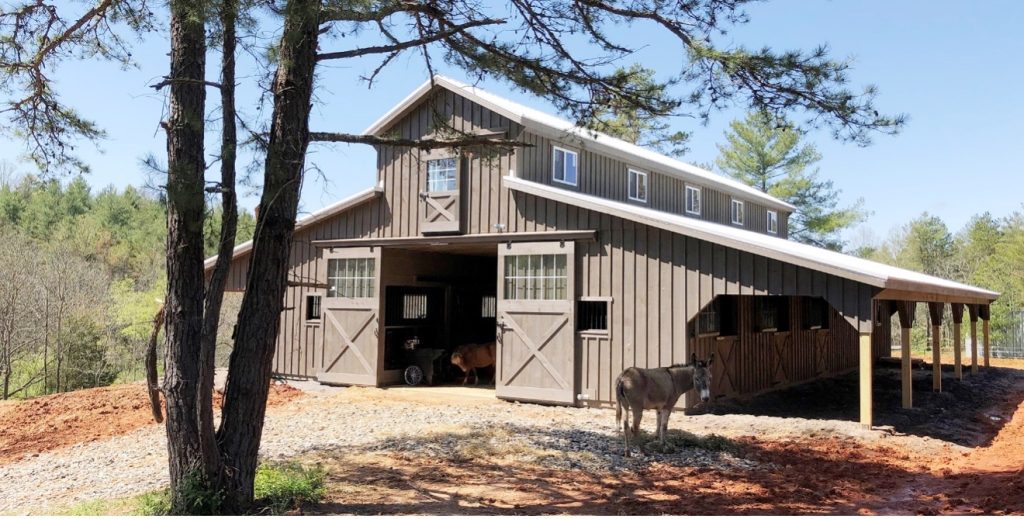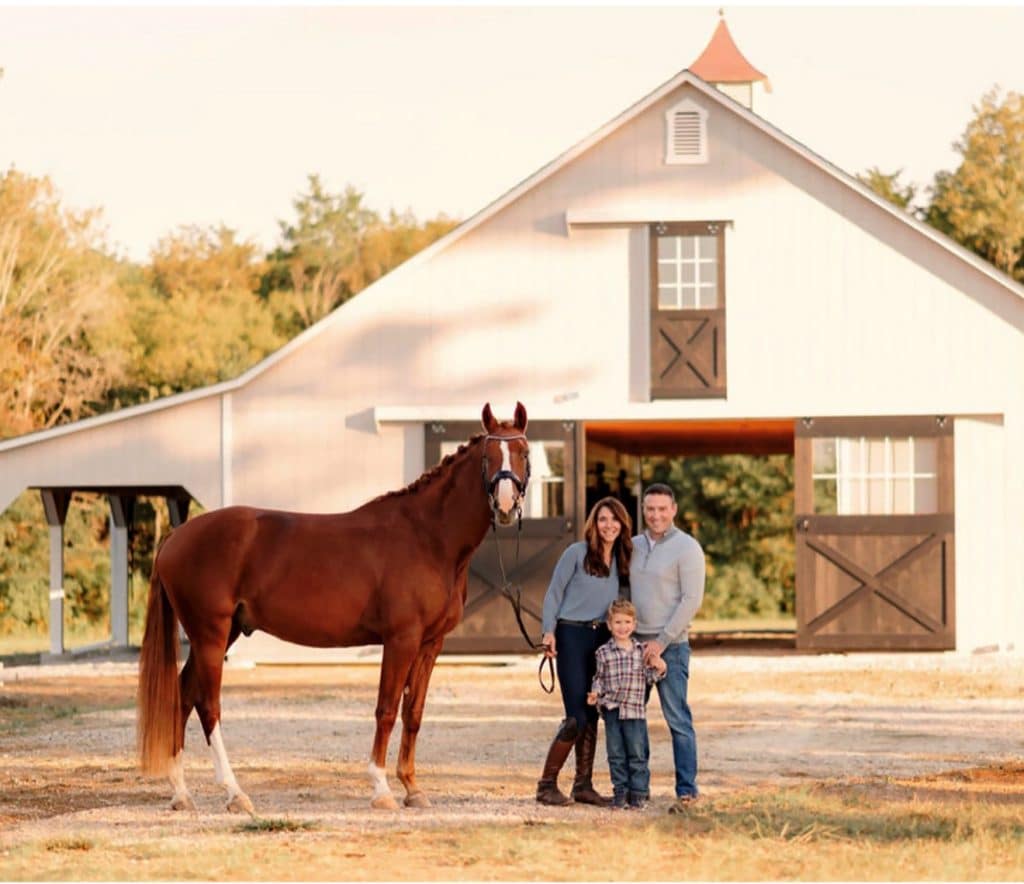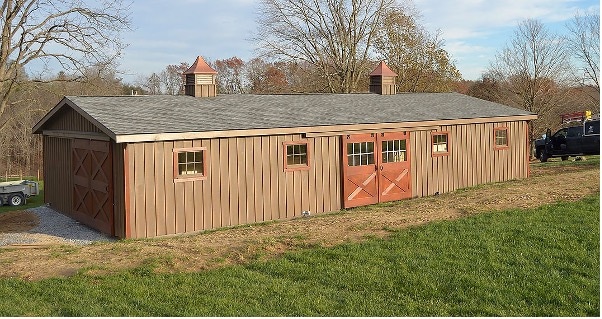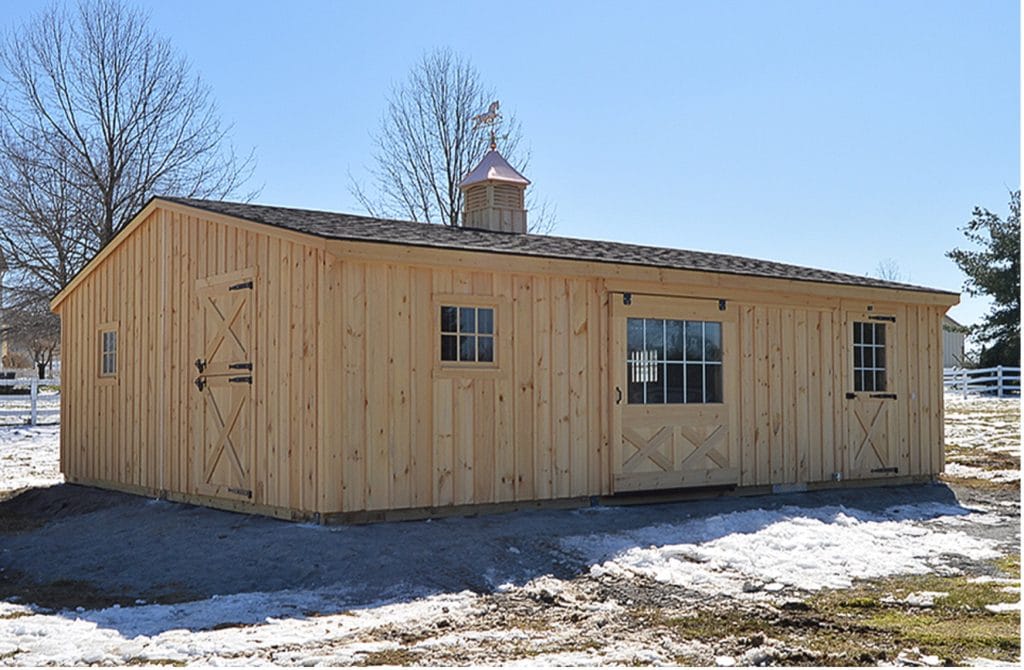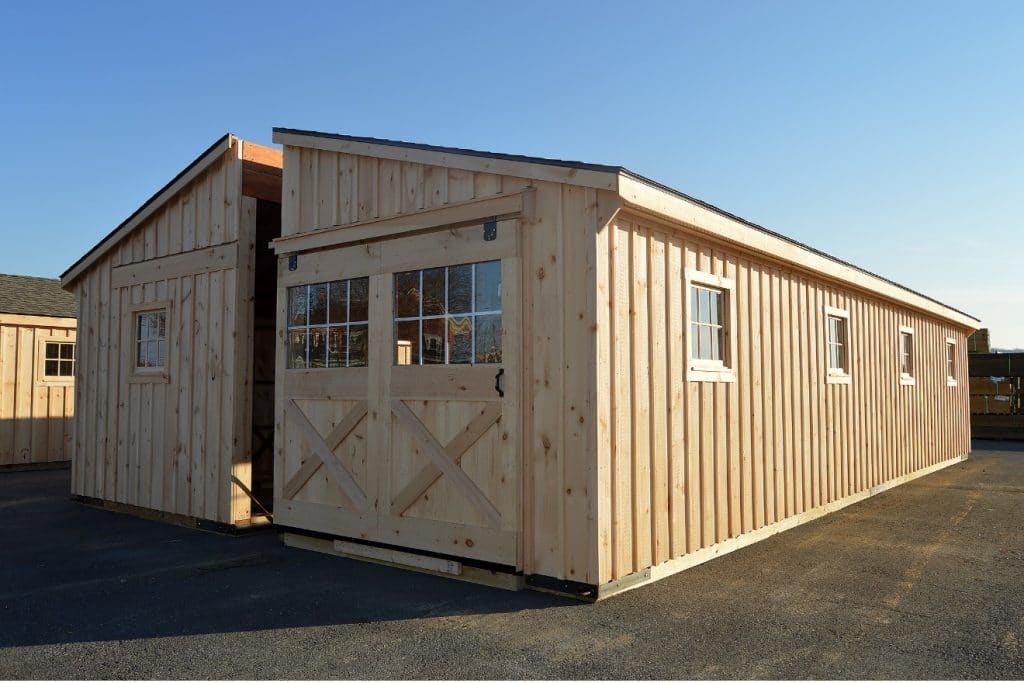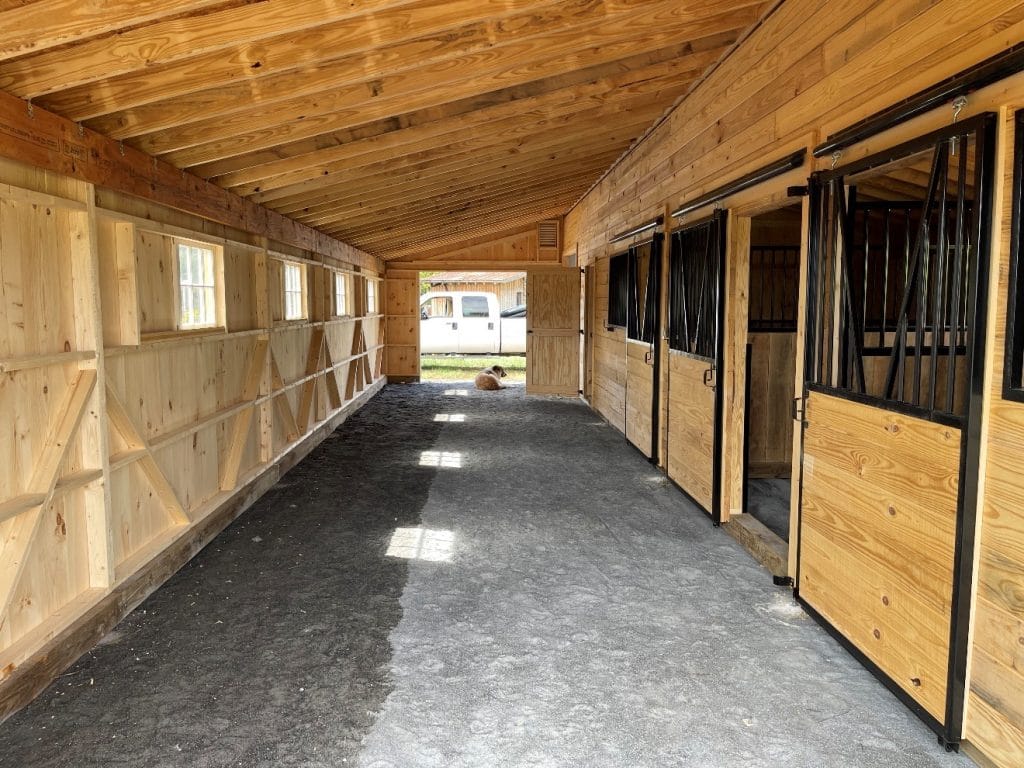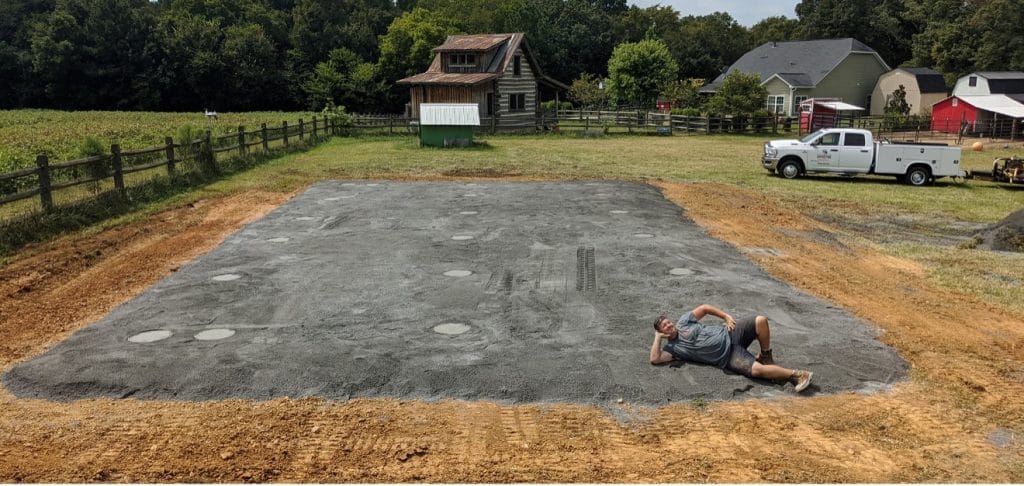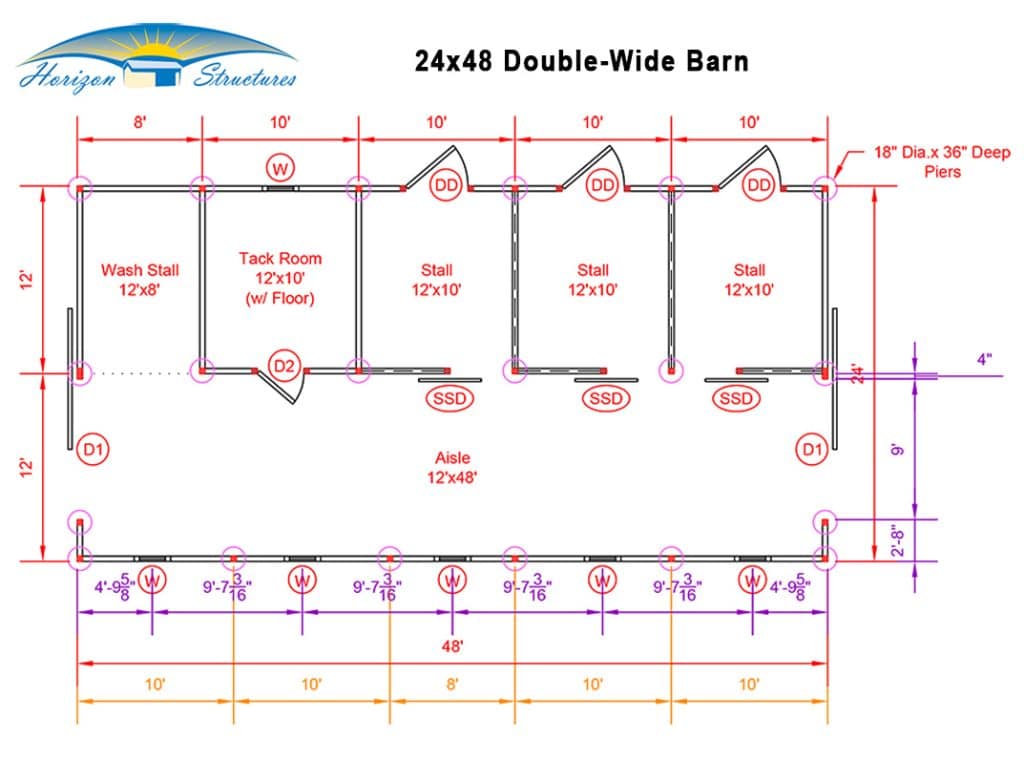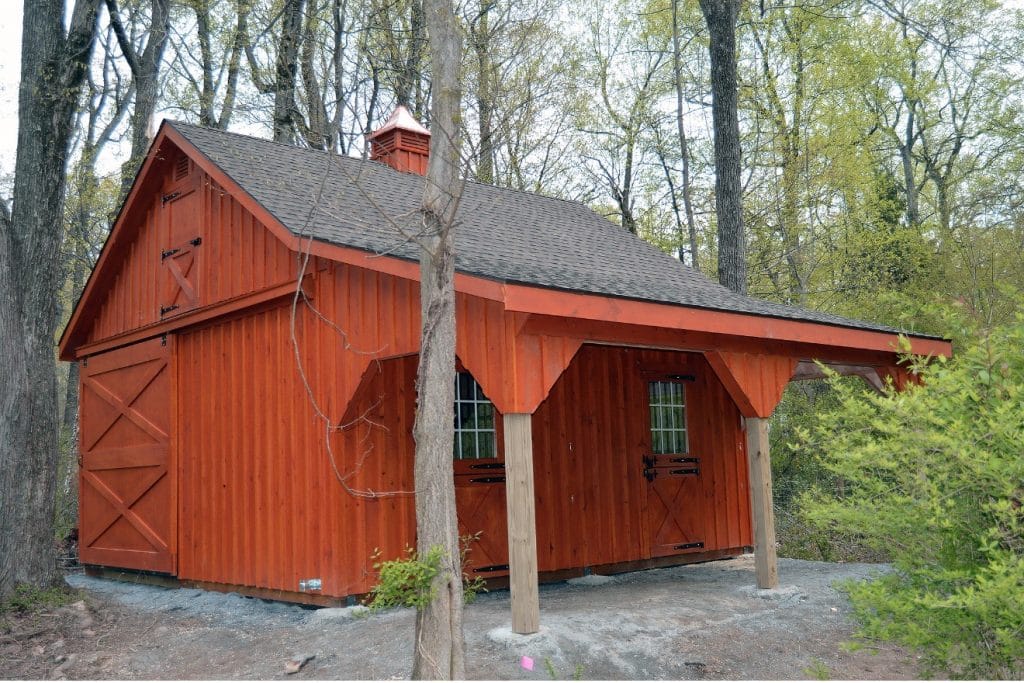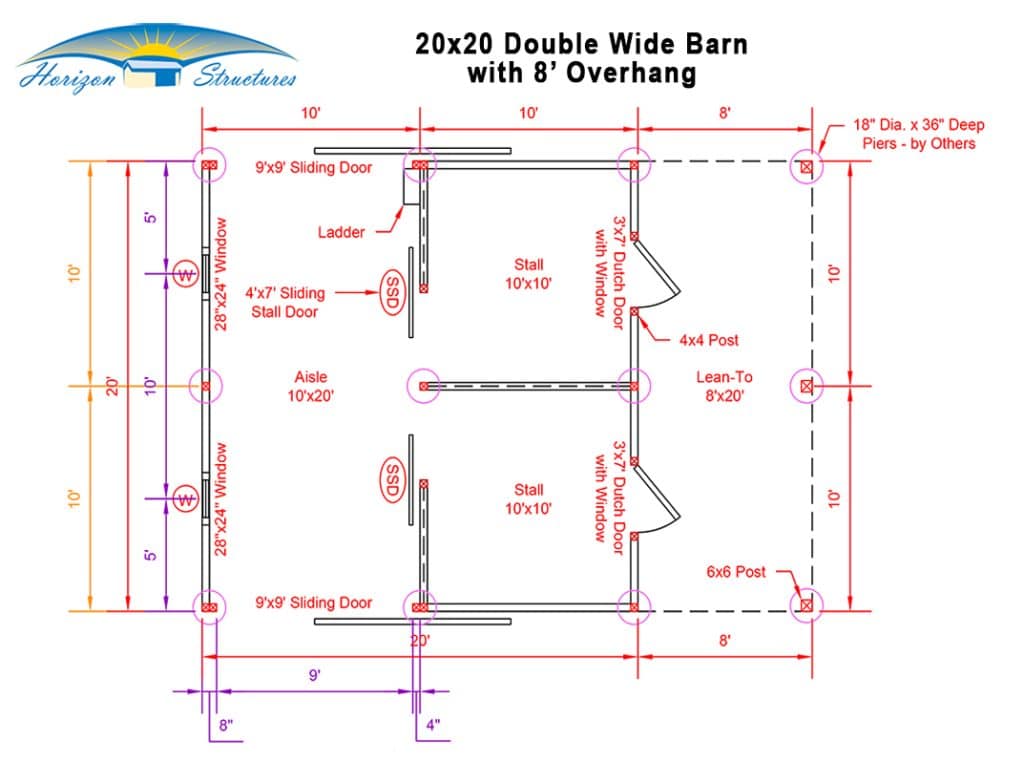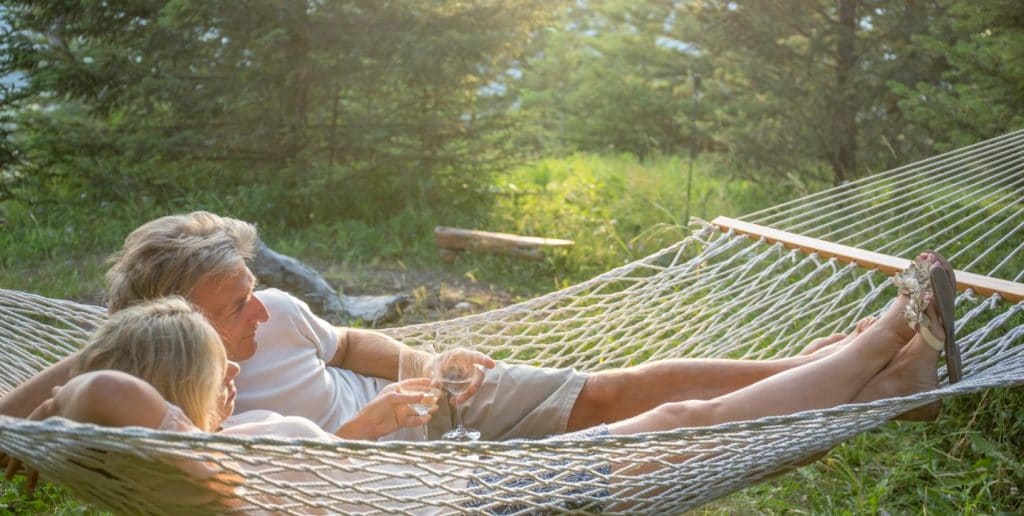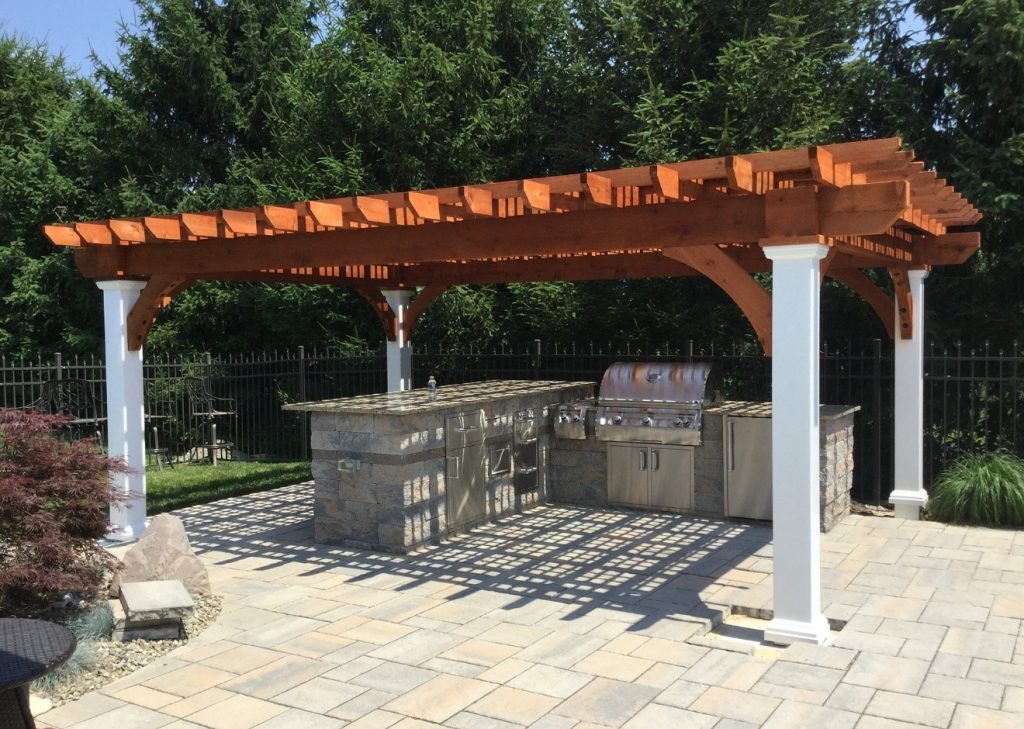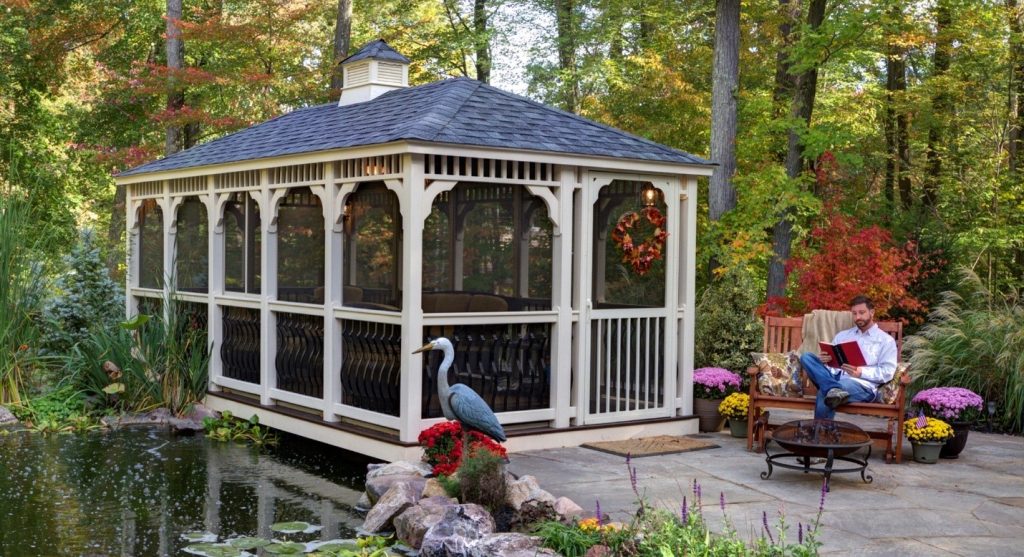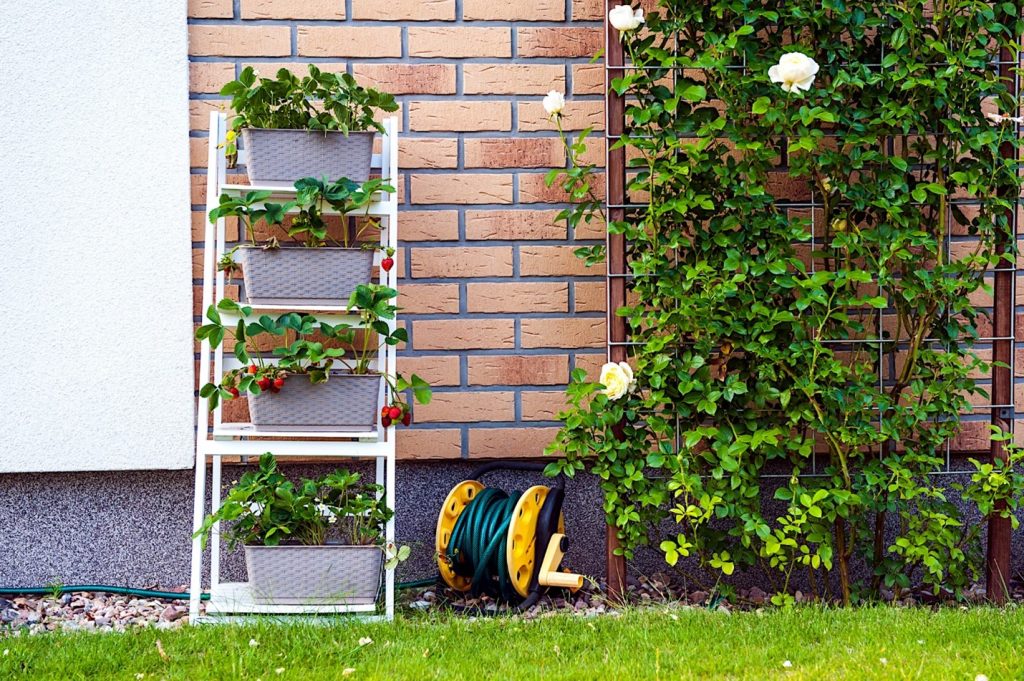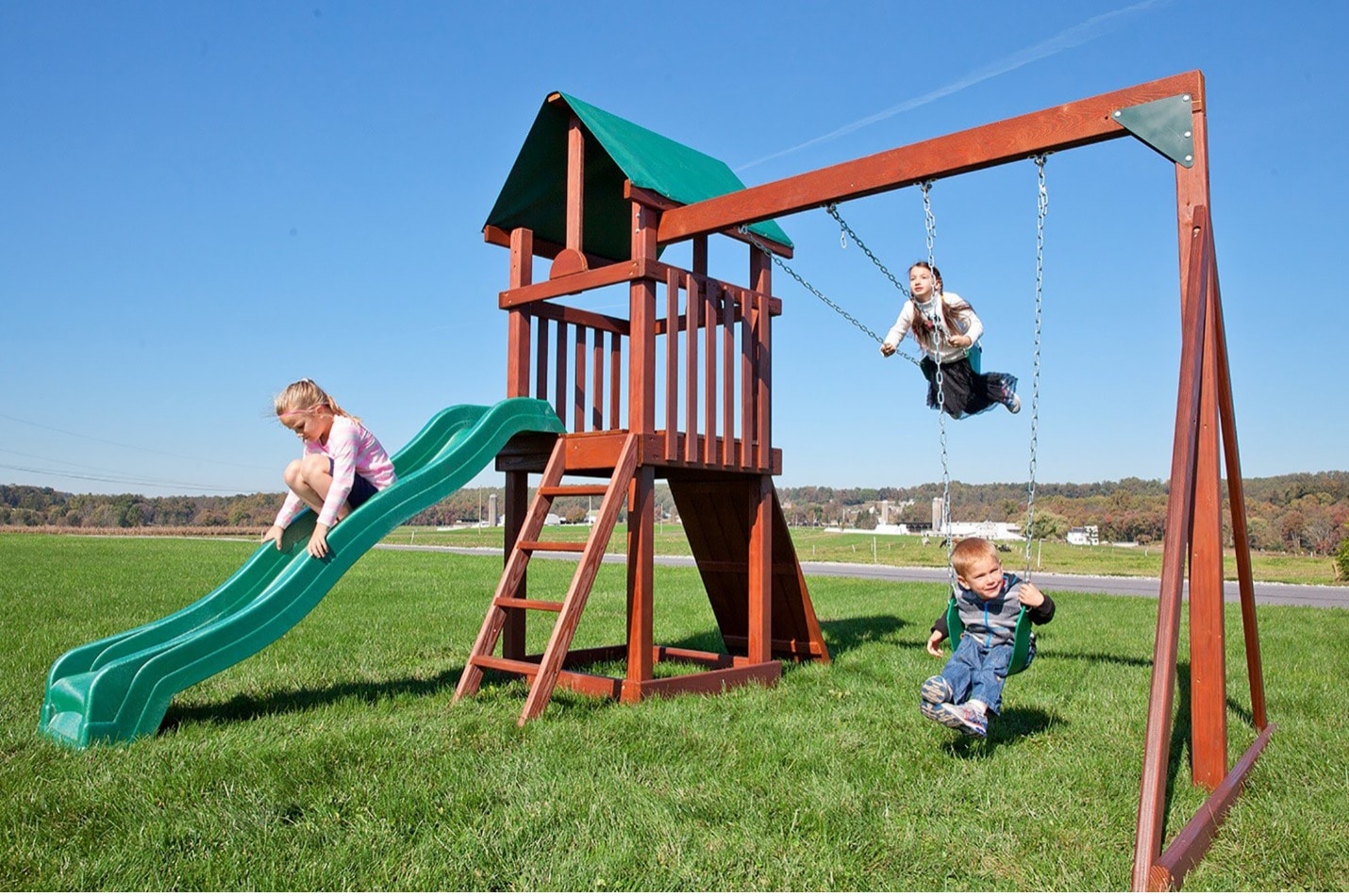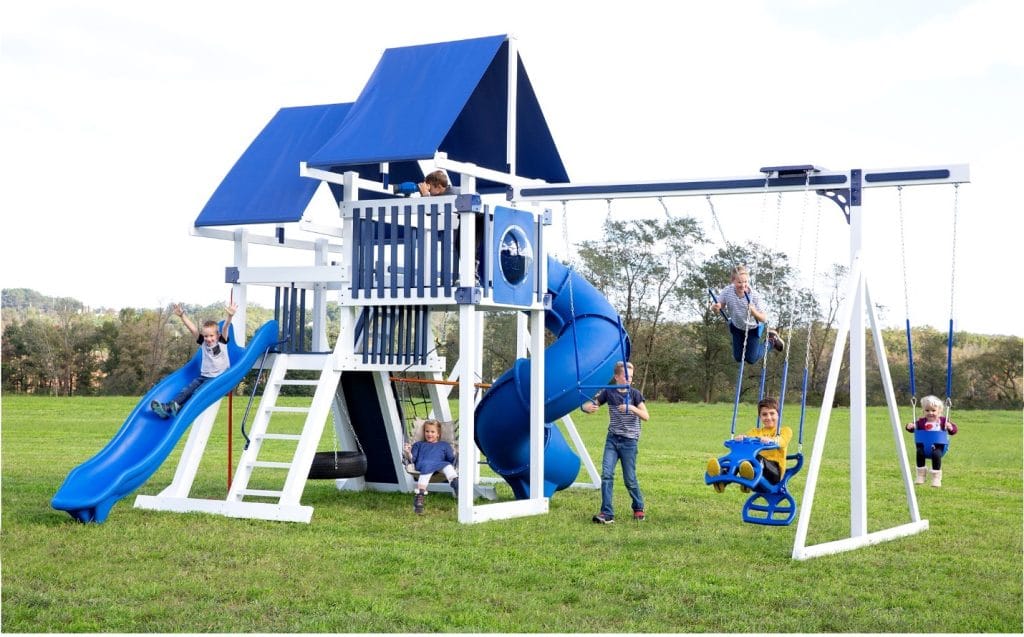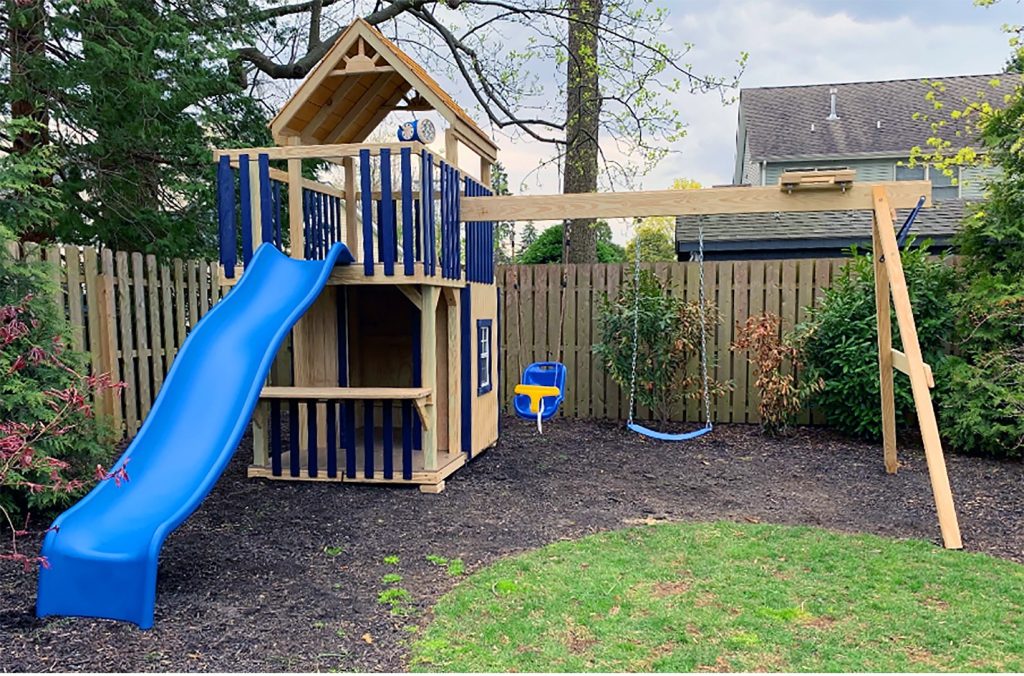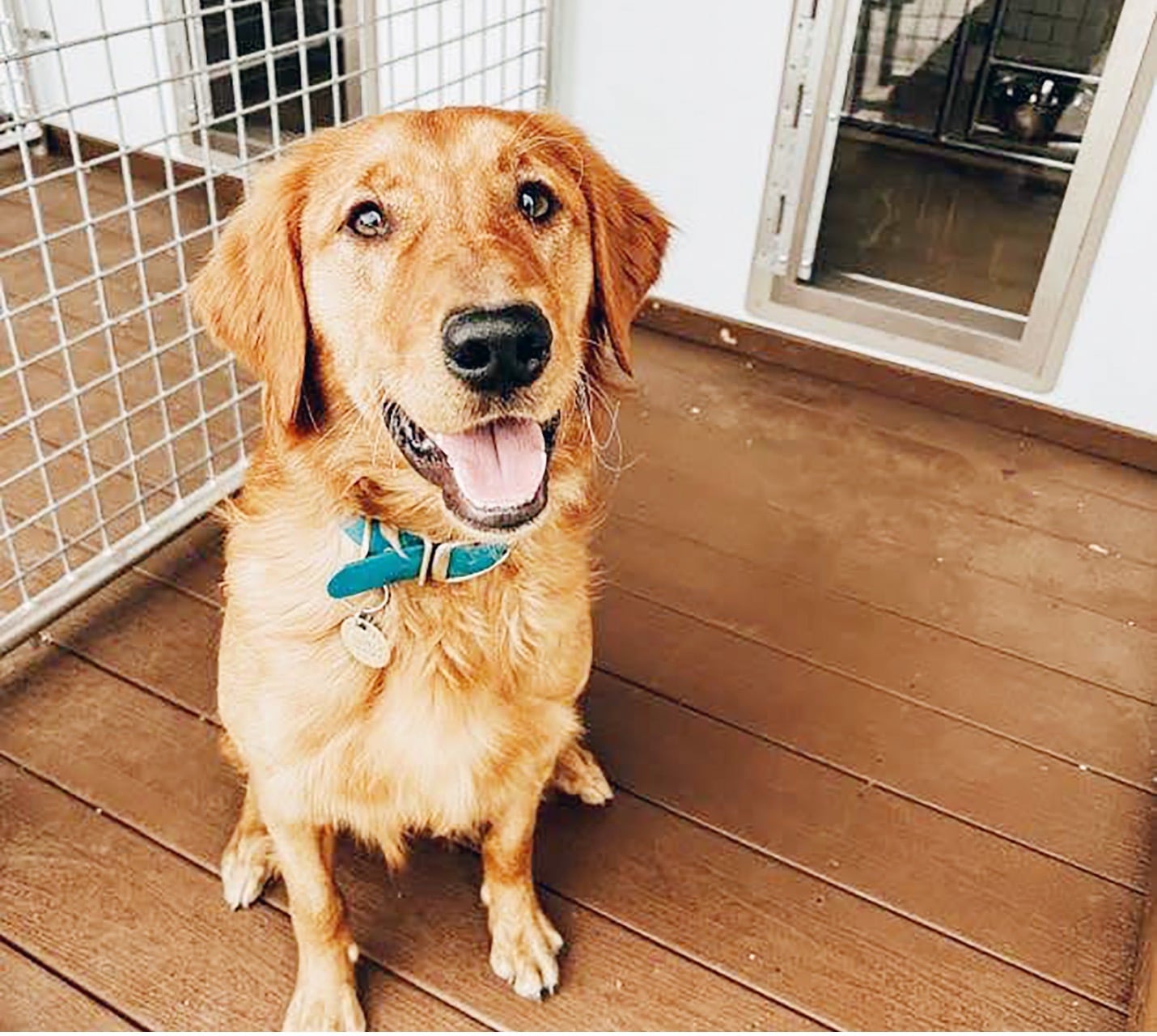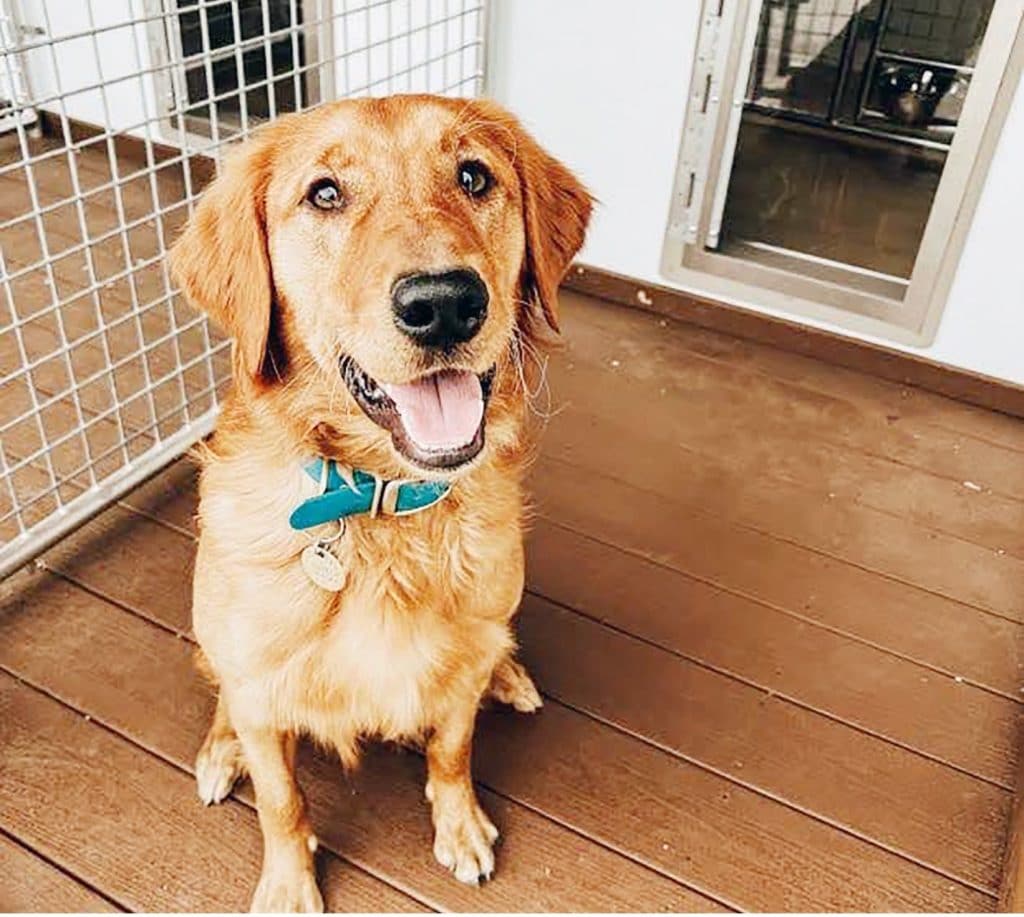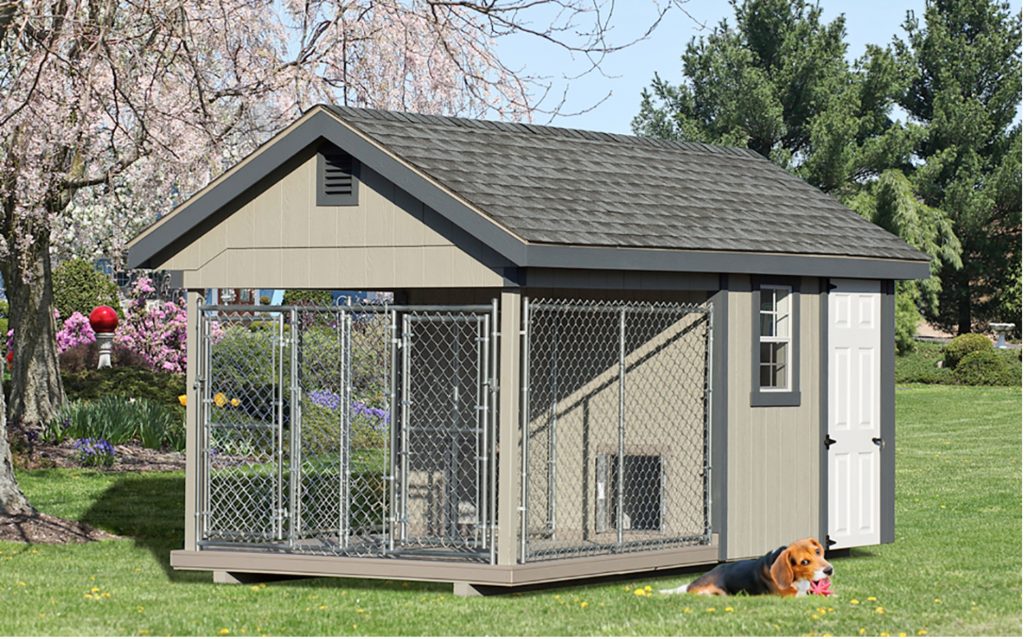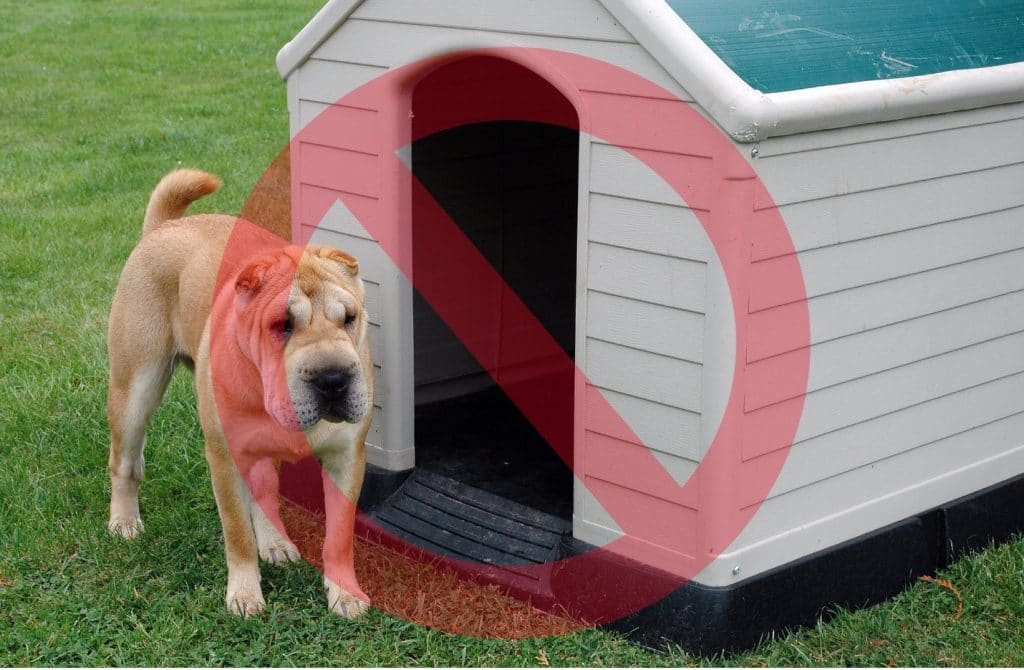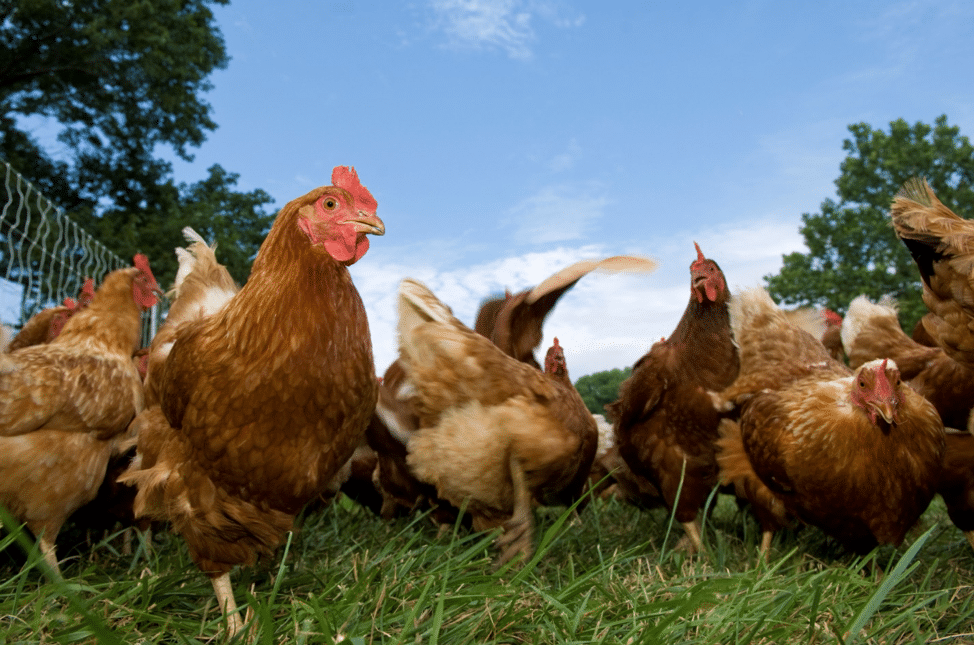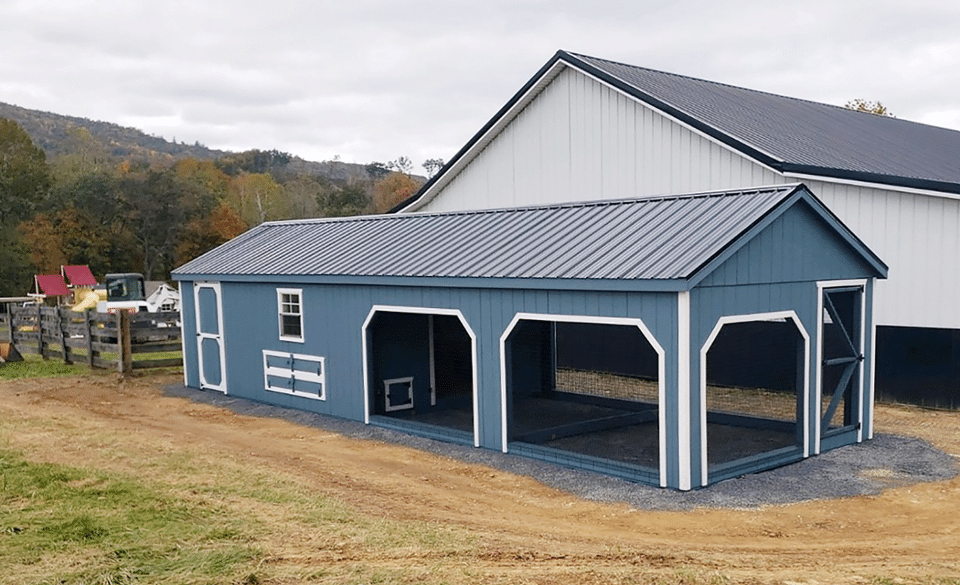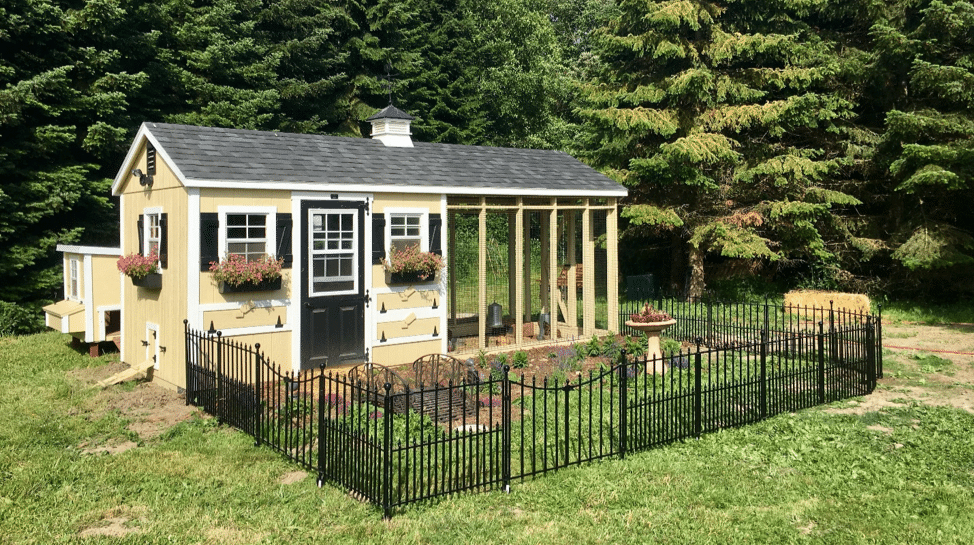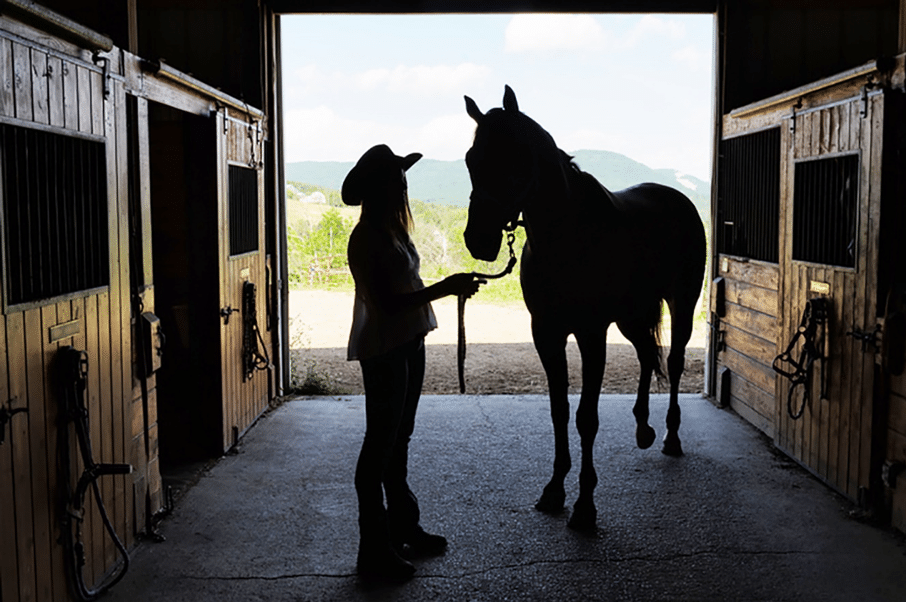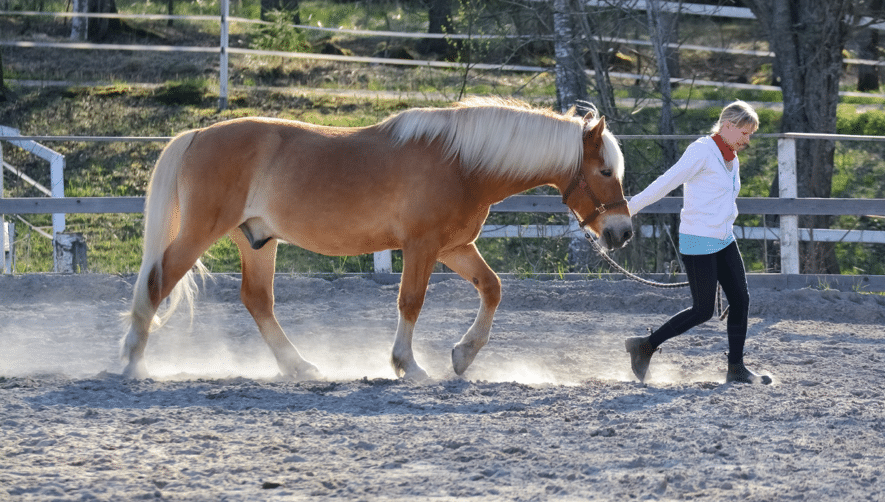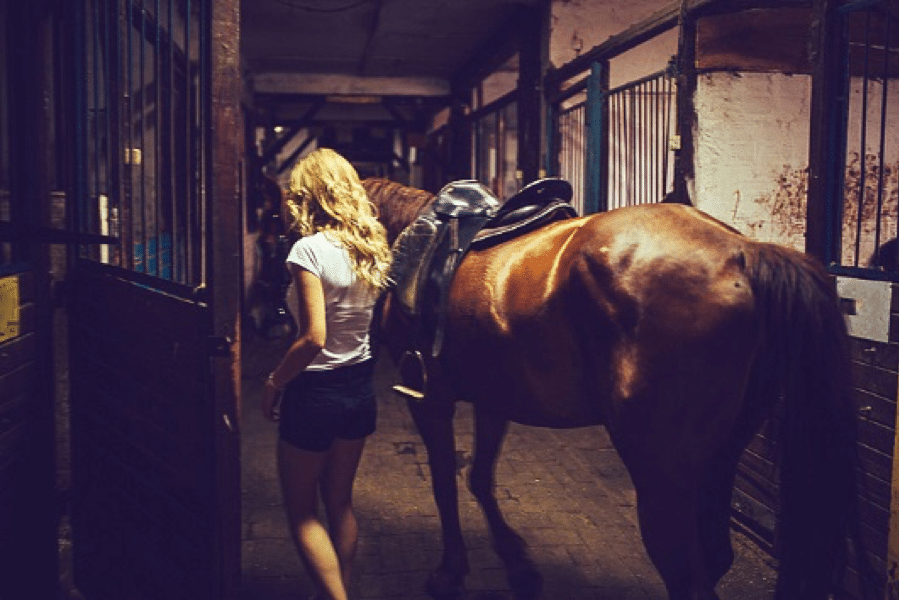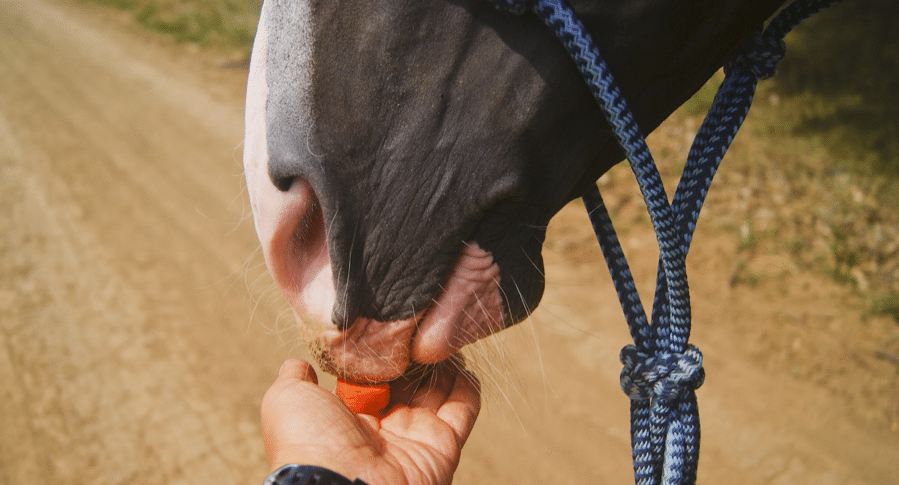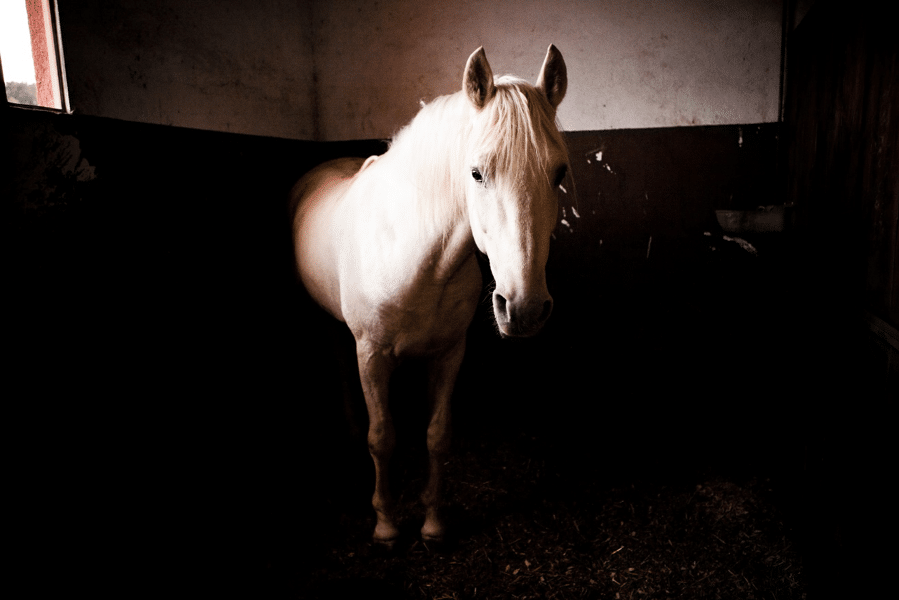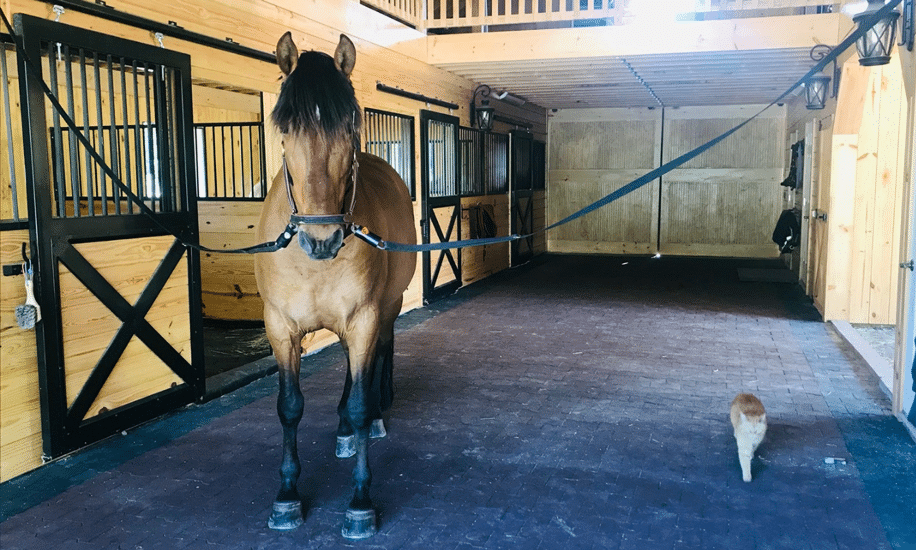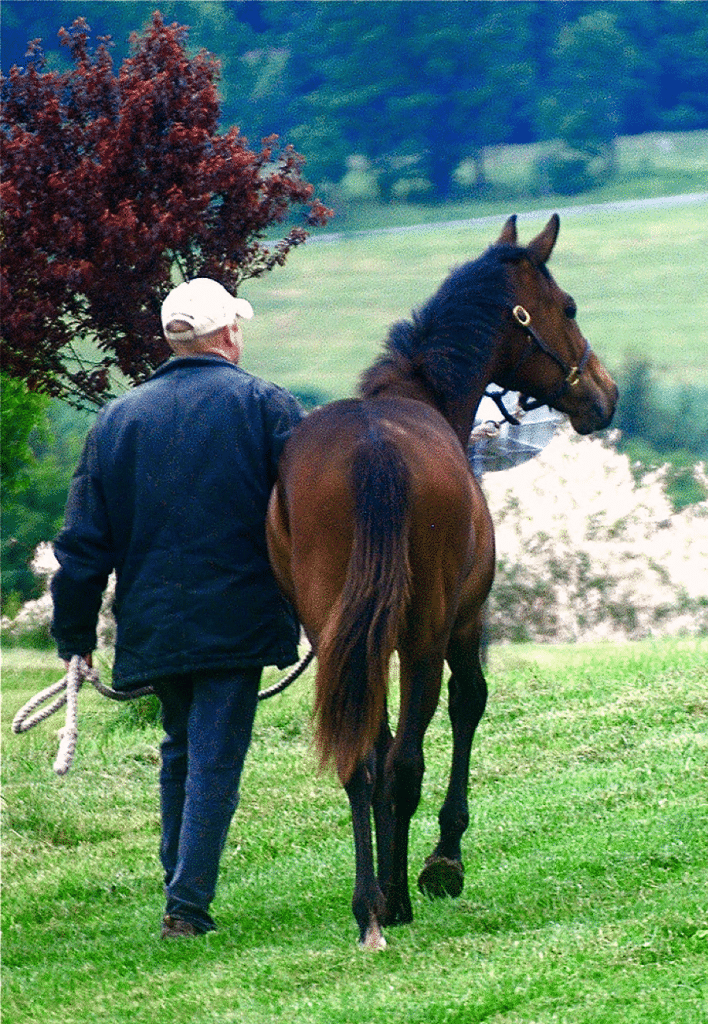Many horse property owners love the idea of landscaping around their horse barn but don’t know where to start. Dressing up the horse yard can add much beauty and aesthetic appeal to the space.
Practical personal touches such as welcome mats to minimize muddy footprints, benches to perch on to watch the world go by waiting for a ride, containers planted with bright annuals to protect vulnerable posts from errant parking accidents are some great ideas to get started making your barn the most useful and best it can be. But permanent horse farm landscaping both hard and soft, should be undertaken with some careful planning.
There are plenty of resources available as to what plants/trees/flowers you should select, what to avoid as they may be toxic to horses, and how to lay out a garden for textural interest, seasonal appeal and proportion and layout of hard and soft landscapes in a space.
But here are some special considerations outside of the normal gardening practices and toxicity factors of soft plantings that you may wish to consider.
1. Is Growing Fast Going to Last?
It is part of the modern-day culture that folks want everything to magically appear as ‘complete’ in short order and as a consequence property owners often choose plants and trees that are fast-growing. The problem with fast growing nursery stock is that often it is not as securely rooted or doesn’t have the longevity that slower growing options provide.
Carefully evaluate the overall suitability of the site location, proximity to existing structures and the timeline for soft landscaping to reach maturity, and the height and breadth that such greenery may attain before you dig that square hole for the balled-up rootstock.
Trees that are upright in profile are less likely to scratch, dent or ding high sided vehicles such as horse trailers with overhanging branches than trees with an umbrella profile. Though the latter may offer valuable shade options for hand grazing a horse beneath after a bath on a hot summer day.
Going up rather than out with the form of the trees selected, is a generally a good choice for lining driveways. Pretty ornamental pear trees with their stunning white flowers in Spring, rustling Poplars that mirror rural French roadways and curtain noise from nearby road traffic or coniferous trees that offer windbreak protection in winter months are all good choices to line driveways.
Always consider how the grass areas are going to be maintained. Trees with low spreading boughs can impede the passage of the safety rollbar on zero turn mowers and tractors. As a result, large areas of long grass will need to be trimmed around these plantings, causing extra labor and time for someone if the horse barn landscape is to be kept pristine and well-appointed. Similarly stone walls and fence lines will need extra attention at their bases to keep grass at bay. It is particularly hard to strim vegetation around wire fences.
Trees planted close to a building also pose a risk of damage to the structure as they grow and exceed the roof height and may topple in high winds or lose boughs and branches. General directions suggest planting deciduous trees that are likely to attain the 70-100 feet range in height, a minimum of 30 feet from a structure.
2. Trees and Shrubs Will Flower and Fruit
Mother Nature’s reproduction program necessarily means that trees and shrubs will flower and afterward produce seedlings, often in the form of fruit, berries, nuts, cones, and other means of propagation.
The question is does the barn owner want to attract the wildlife that comes with nature’s bountiful provisions? Apples and fruit attract bees and wasps, nuts attract squirrels, and seemingly every type of shrub attracts deer! All wildlife carries with it the risk of transmitting disease to livestock. Whether it be from ticks, feces, or other means of contamination.
Think carefully about planting a deep-rooting Persimmon tree or American Filbert (hazelnut) tree that are highly attractive to many species of fauna.
Wildlife can also cause significant property damage if animals take up residence in the barn or underneath it. Smoke bombing woodchucks out of their barn tunnel haven can result in fires to the building. Eradication of wildlife from any structure is always a difficult task to complete effectively and safely.
Juice from fruits and berries can also be tracked to the interior of the building and cause paint damage to vehicles. For example, Elderberry trees offer a bounty of berries in late summer, but their rich red hue tramped across your new wood floor in the tack room may not be a welcome addition to the color palette.
3. Out of Sight Should Not Mean Out of Mind
Deep-rooting trees and shrubs should not be planted close to or over well/ town water or sewer pipes or cable/telephone lines. Even if they don’t damage the service lines below by wrapping their roots around them, if it becomes necessary to excavate the area to remedy a broken or blocked pipe or update or upgrade the cable or electrical system, trees and shrubs will need to be removed.
4. Mulching Mayhem
It is common to add mulch to garden areas to provide a moisture barrier to evaporation of water. Certain types of wood/rubber chips and treatments they receive may be toxic to horses
Bear in mind that high winds often lift chips/debris from garden beds and cause mulching mayhem with the ‘whirling dervish’ effect created. These chips may then be deposited in grazing areas and may be toxic if ingested by a horse.
5. How Much Water?
In cold climate it is a good idea to add some form of weatherproof watering system such as a frost-free faucet outside the barn that is handy for use for watering the garden all year around. Automated systems are very useful in warmer climates and can additionally save on water wastage.
Water run-off/snow melt from the roof of the horse barn on the other hand, should be guttered and taken away from the structure. Not only does this help prevent flooding in and around the barn, the high rate of discharge of excess water from a roof can make a muddy mess both on the ground and splashed onto the side of the building and will wash out soil around plants.
Some roof types may even discharge toxic water. Never use roof run-off for a horse’s water needs and risk ingestion of toxic or contaminated water.
6. Consider the Ins and Outs
The layout and materials used in the horse farm landscaping design should account for snow plowing needs in areas where snowfall is likely. Access to all building ingress/egress points will require snow removal for safety, and emergency and daily use. Consider keeping access paths at least 10’ wide, so larger equipment may be utilized if needed.
Similarly high traffic areas will require drainage solutions be installed to avoid muddy walkways during heavy rain events and ice conditions in cold climates. Planning and implementing drainage solutions before laying gravel, concrete or grass can eliminate not just headaches in daily use but also prevent injury to horse and human.
7. Hardscape Distances
Paths should be wide enough to accommodate a horse being led with handler at its side.
For barns with center aisles, access with UTVs or tractors may be needed for daily chores such as mucking out stalls.
Allow enough space for large equipment to turn around in parking and access areas. The off-track for large trailers is substantial and gate widths should also accommodate even the less talented drivers!












